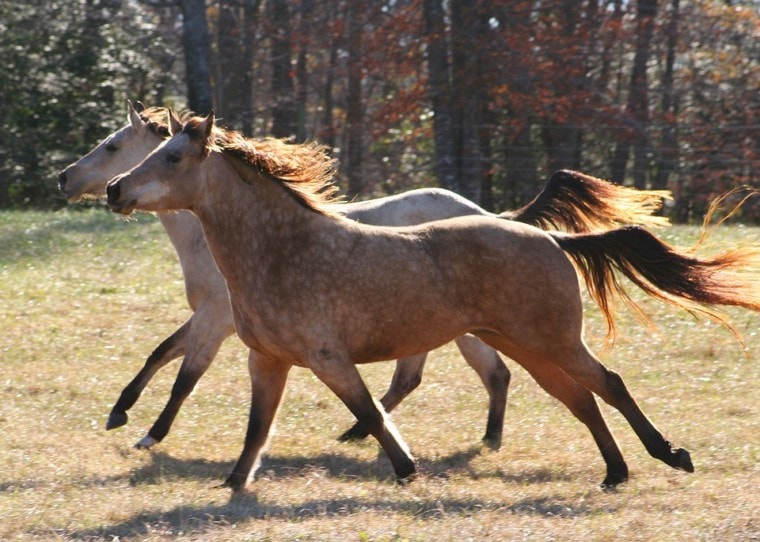
Once upon a time, horses were the absolute backbone of our society. These hard-working creatures lent their lives to supporting us for agriculture and transportation purposes. These days, thanks to industrialization, we can enjoy these animals for show and recreational purposes.
If you are a horse lover, you know just how unique and intuitive these beautiful majesties are. Here are some incredible facts about horses that you might not know. The more you learn, the more you will appreciate how magnificent and intriguing they are.
 The 15 Horse Facts
The 15 Horse Facts
The impressiveness of a horse is fairly apparent from the moment you find yourself in the presence of one. You don’t need a full list of fun facts to appreciate them. but here are some exciting things to fill your equine knowledge base.
1. Foals can run shortly after birth.
Shockingly, foals can run 24 hours after they are born. As soon as they leave the mother’s womb, they can slowly gain composure, straightening out their shaky legs and standing fully upright.
Within several hours, you can see them stumbling around, getting comfortable with their ability to walk. And then, after an entire day, that little horse can gallop around with the best of them.
If you have witnessed the birth of a horse, this might not be new knowledge to you. However, not everyone knows just how quickly these little cuties find their feet—or hooves.
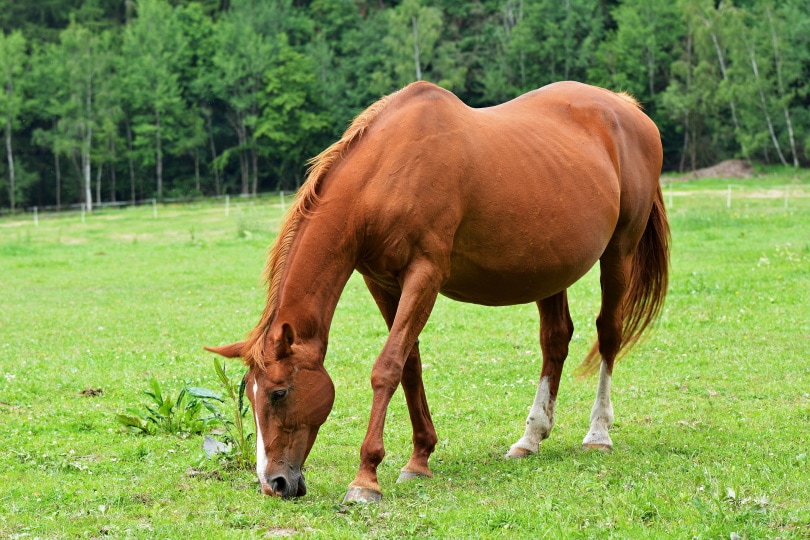
2. Horses produce 10 gallons of saliva a day.
When a horse chews up plant matter, its salivary glands continuously produce saliva, so the food transitions easily from the throat, down the esophagus, and into the stomach.
The overabundance of saliva also neutralizes stomach acid, which protects them from gastric ulcers. This is one reason why gastric ulcers are so common in racing and show horses as opposed to free-ranging horses in a pasture.
When they are allowed to have natural foliage, the saliva that they produce aids in digestion, protecting them from this painful problem.
3. Horses can sleep while standing—but they need to lie down, too.
Horses can sleep both standing up and lying down. However, they prefer to rest standing up. As peculiar as it might look, horses have a particular arrangement of connective muscles, ligaments, and tendons called the stay apparatus.
This means the horses can stand on three legs to rest, or even sleep. Even though they can sleep standing up, they need to lay down to achieve deeper levels of sleep during this time. Horses cannot achieve REM sleep while standing.
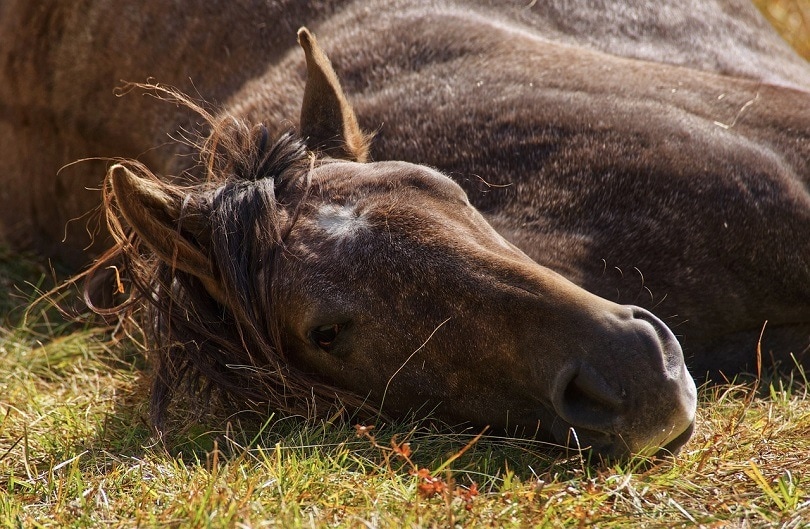
4. Horses’ eyes have a view of 360 degrees.
Horses have an incredibly wide-field view, providing almost a complete 360° lens of vision. Even though this is comprehensive, they only have two types of cones in their eyes compared to humans who have three types of cones. That means they see in color, but it is a much more diluted palette than that of a human.
However, unlike humans, horses see much better at night.
5. Horses communicate and pick up on feelings through facial expressions.
If you have ever hung out with a horse, you know that they change their facial expressions almost as much as we do.
Horses make a total of 17 different facial movements. For reference, chimpanzees only make 14, and humans make 27. That means horses are pretty developed with their facial expressions, using them to communicate more than some of the most intelligent species on the planet.
And just like any other creature, the facial expressions horses make say a lot about what they might be feeling. The widening of their eyes can exhibit fear, while raised eyebrows exhibit a negative emotional response.
And just like horses make all sorts of different facial expressions to show their emotions, they can also read a human being’s facial expressions. Talk about remarkable! Horses can’t even remember their owner’s facial responses to gauge what kind of an emotional state they’re in.
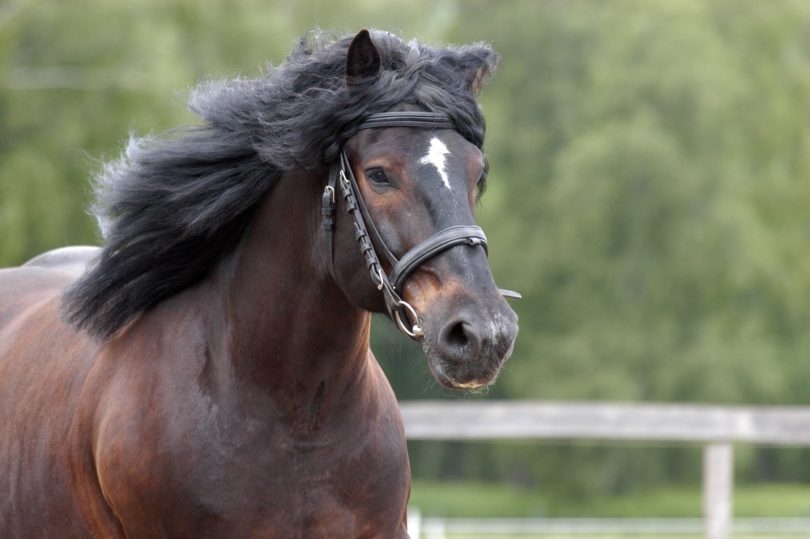
6. Horses cannot vomit.
Horses have a one-way esophagus. Food can easily slide down the esophageal tube, but it can’t come back up. That means if the horse swallows anything that gets caught in their esophagus, they are unable to vomit to get it to come back up.
Likewise, if they are ill or sick, they are incapable of vomiting to get the stomach’s contents out through the mouth.
7. Horses can’t breathe through their mouths.
Because the horse does not have a gag reflex, their airway passages work differently as well. Unlike a human being who can breathe through both her mouth and nose, a horse can only breathe through its nostrils.
Their upper airway is separated into two separate compartments. One is to pass food, and the other is to breathe in oxygen. A significant upside to this is that if a horse chokes on anything lodged in its throat, it will not obstruct its ability to breathe.
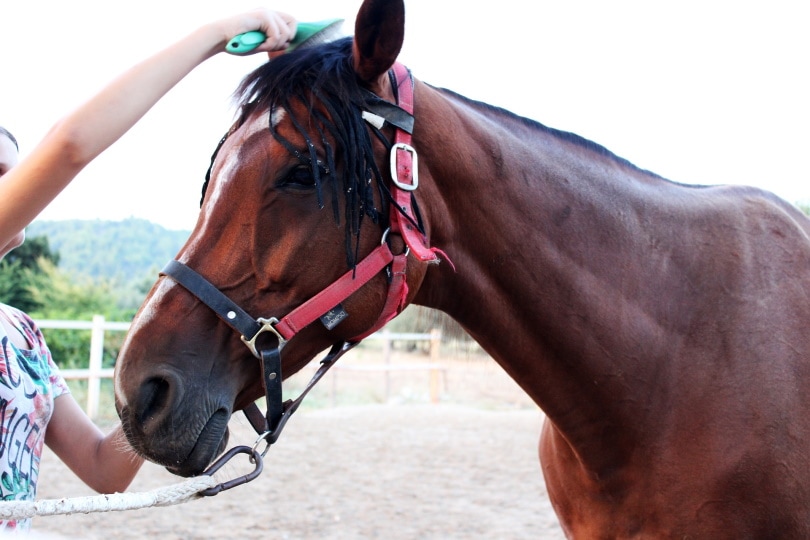
8. Horses have built-in shock absorbers in their hooves.
Interestingly, horses have an all-natural built-in shock absorber in their hooves. Their legs and hooves are intricately designed to deal with the rough terrain that they gallop on daily. This built-in shock absorber is called a frog.
All of the hoof components work together to create a seamless experience when they are trotting or grazing. Therefore, it is imperative to always take excellent care of their hooves to protect them and make sure that they can use them as they should.
9. A single horse’s heart weighs 10 pounds, but their brains are half the size of a human’s.
Another fun horse fact is that your horse’s heart is quite a large organ in its body. An individual heart weighs approximately 10 pounds apiece. However, even though their heads are massive, their brains are only about half the size of humans.
As a standard, their brains mimic about the size of a 6-year-old child. Their cerebellum is more significant than humans because they must use all four legs directly after birth for standing. Human children take at least 6 to 12 months to be able to stand erect without assistance fully.

10. The fastest recorded horse speed was 55 miles per hour.
Horses can dash at great speeds. Even the slowest of horses have pretty intense velocities in comparison to us. Here’s another fun horse fact, the top recorded speed for a horse was 55 miles per hour.
If you’re driving on the highway going 55, you understand just how fast that is. Imagine a horse beside you keeping up with you every moment. Granted, horses can’t keep up at top speeds for long episodes but only for short bursts.
The average speed of a horse at a gallop is 30 miles per hour.
11. The oldest horse was 62 years.
The oldest horse ever documented in history was an English stallion named Old Billy, who lived from 1760 to 1822 in Williston, Lancashire, England.
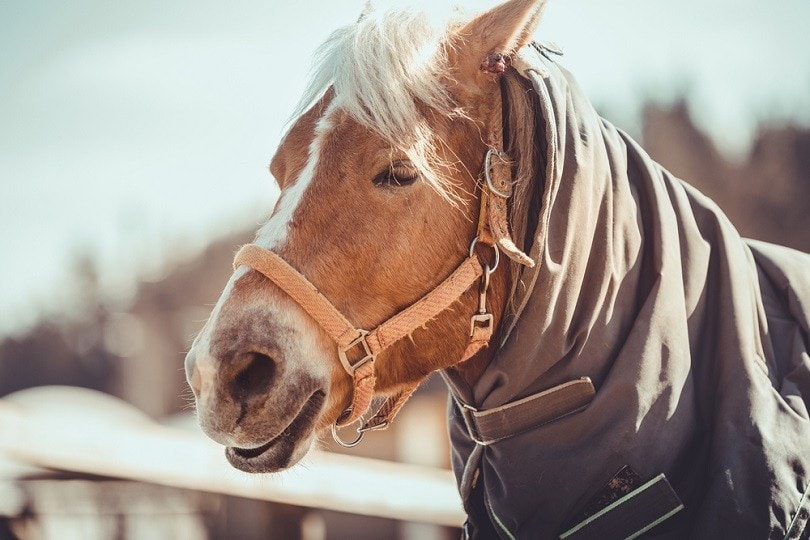
12. There are an estimated 60 million horses in the world.
As a general estimation, there are roughly 60,000,000 horses across the globe. A more accurate number, according to the Equine Heritage Institute, is that there are 58,372,106 horses, to be more precise.
13. People can have what is called equinophobia.
Being scared of just about anything can have a title, some type of phobia to be labeled. Like anything else, we can have phobias. People fearing horses are no exception.
People might be scared of horses due to their very massive size, powerful presence, or just the intimidation factor alone. When a person develops this type of fear, it is called equinophobia.
People may experience severe symptoms of anxiety when even looking at a horse. Even with well-behaved, well-trained horses, people with this disorder do not want to get anywhere near, regardless of its behavior.
Scientific research indicates that this could be due to the trauma from falling off of a horse early in life. However, some reports show that that is not the case. It seems many fears can’t be explained rationally sometimes.
This not very fun horse fact about phobia doesn’t just stop at horses, but any similar animals such as ponies, donkeys, and mules.
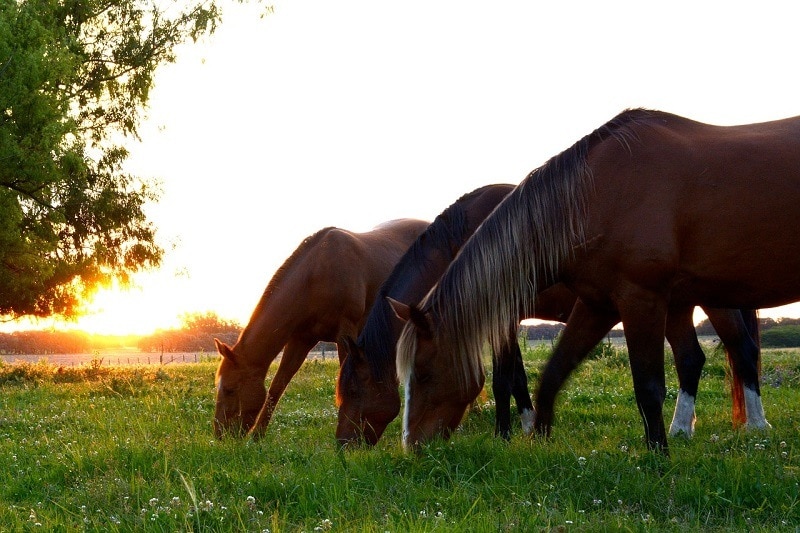
14. Horses have the biggest eyes of any land mammal.
Think about all of the animals that exist on the earth. Elephants, giraffes, hippopotamus, and rhinoceros are some of the largest land animals around—outweighing the horse hand over fist. But surprisingly, the horse takes the award for the most enormous eyes of any other creature on land.
Ostriches are a close second—and tarsiers have the largest eyes in comparison to their body size.
15. Horses didn’t arrive in Australia until 1788.
Horses were native to North America, roaming the plains in large numbers. We found them so useful after the discovery of America, we lent them to our global friends. Even after horses impacted surrounding continents, they didn’t make it everywhere so quickly due to distance.
It seems horses were a little late to the party, not arriving in Australia until 1788. Originally, they were used for work purposes to help lighten the load for farmers. However, after their 200+ years in Australia, they slowly took on roles for entertainment and recreation.
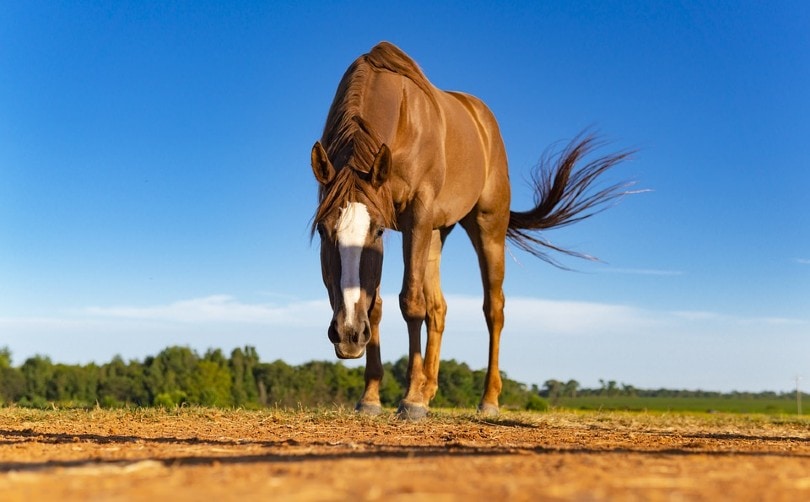
 Conclusion
Conclusion
Being a horse lover, did you know all or some of these incredible horse facts? Horses have so many wonderful attributes, quirks, and eccentricities. It really enhances the appreciation that you share with your equine friends when you realize just how remarkable they truly are.
We are very lucky to have them helping us along the way. Even though we might not use them for the same purposes these days, they impact our lives just as significantly.
Related read:
- 19 Horse Myths and Misconceptions – It’s Time to Stop Believing These!
- Is Horseback Riding Considered a Sport? All You Need to Know
Featured Image Credit: Pixabay

 The 15 Horse Facts
The 15 Horse Facts





